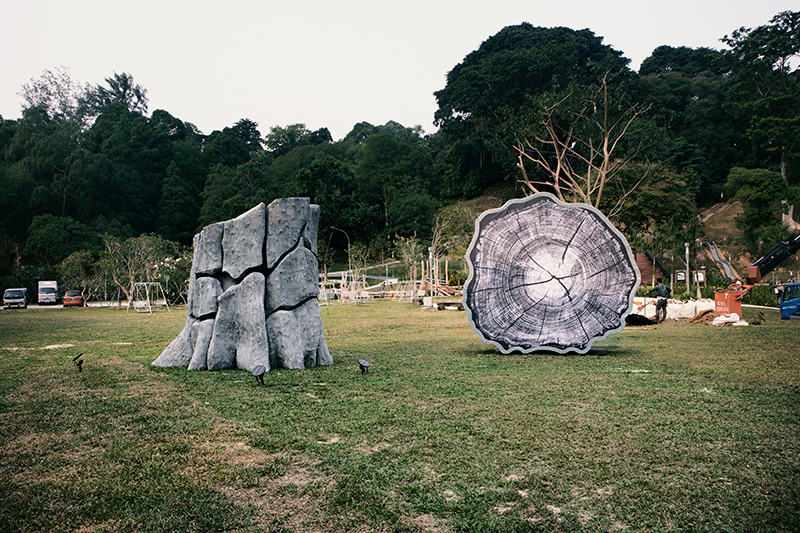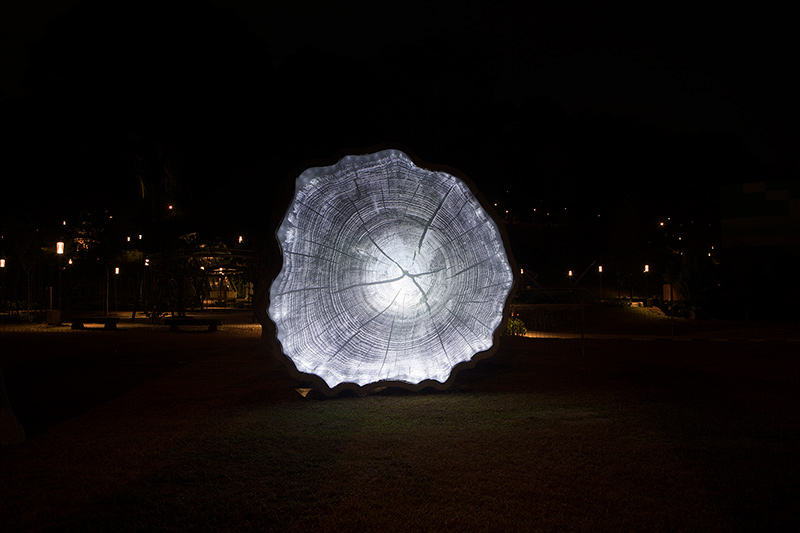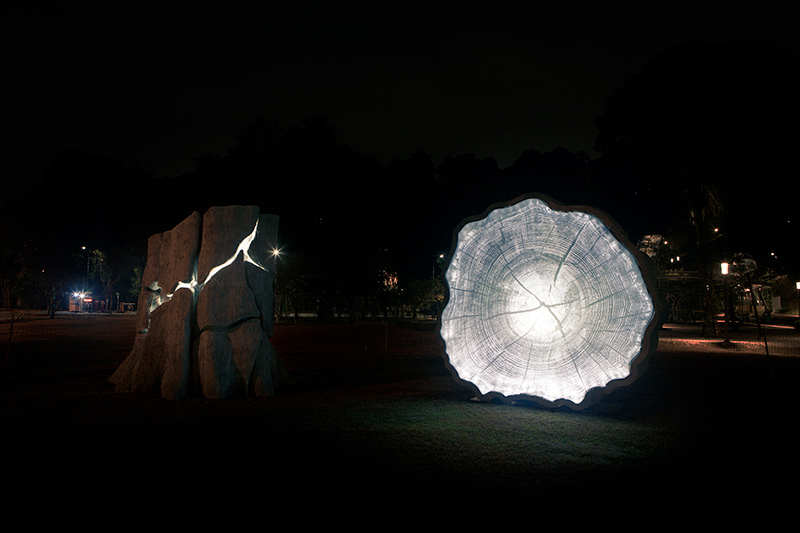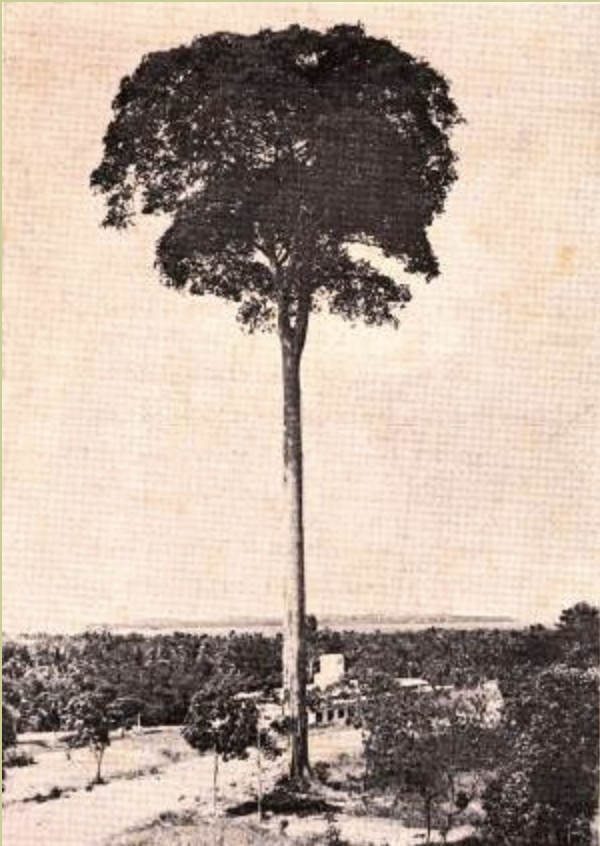Trying to Remember a Tree, 1990
Trying to Remember a Tree, 2016
Trying to Remember a Tree III, The World will Surely Collapse, 2017
Trying to Remember a Tree IV, The Time Tree, 2019
The oldest coconut tree in Singapore
How To Make A Tree Disappear As Nature Intended I & II (2015)
Can’t see the forest for the trees (1840-1993)
Trying to Remember a Tree IV, It Takes Time, 2021
Trying to Remember a Tree, V. Watching a Tree Disappear, Ongoing
All images by the ICZ
Trying to remember a tree IV, The time tree, 2019
Tree time is deeper and slower than human time. Silent witnesses to the vicissitudes of human history, trees are quieter, humbler, wiser and more patient presences in the landscape that don’t just symbolise longevity but a process of life, death and renewal. In commemorating the 200th bicentennial anniversary of the founding of modern Singapore, I want to draw attention to a longer, more meditative and objective concept of history that is not just measured by human markers of time — founding and landing dates, the signing of political important treaties etc — the life of trees.
The artwork, The Time Tree, imagines what a tree older than 200 years might look like. The age is chosen to recognise Singapore’s pre-modern history and the plurality of narratives that go beyond the colonial one. The installation is in two parts: an upright giant tree stump 3.5m in diameter, and a cross-section of the tree that shows its tree rings. The dimensions are modelled after The Changi Tree, (also nicknamed The Time Tree) Singapore’s tallest recorded tree, which started appearing in Singapore’s map as early as 1888. It stood at 76.2m (20 storeys high) and had a base diameter of 3.5m. The tree was felled during World War 2 as the British feared that it would serve as a ranging point for enemy artillery. The age of the tree is unknown but a similarly sized tree in Malaysia is estimated to be 800 to 1,000 years old.
The size of the artwork provides an awe-inducing sense of scale, of time passing and of slow, incremental change, as well as the endless cycles of regeneration that are outside human frames of reference. The form of a stump is deliberate: what remains of this imagined great tree is but a shadow of its former majesty; it has lost its crown but not its roots; it is both powerful and vulnerable at the same time. Made up of discrete pieces, the tree looks “patched together” with a deliberately imperfect surface, with the joins obviously shown in glaring gaps, a reference to the incomplete piecing together of various narratives and imaginations to create this hypothetical 200-year-old tree. At night, the tree is illuminated from within, with light coming through and highlighting the gaps and cracks, adding to a sense of mystery and unknowability.
The work is a commission by the National Arts Council's Public Art Trust in commemoration of the Singapore Bicentennial in 2019. For more information click here.






The Time Tree in Changi, Singapore.
Photo by George T. Crouch, 1936. From the cover of the Malayan Nature Journal, vol. 22 (1969).
Copyright 2019, Institute of Critical Zoologists